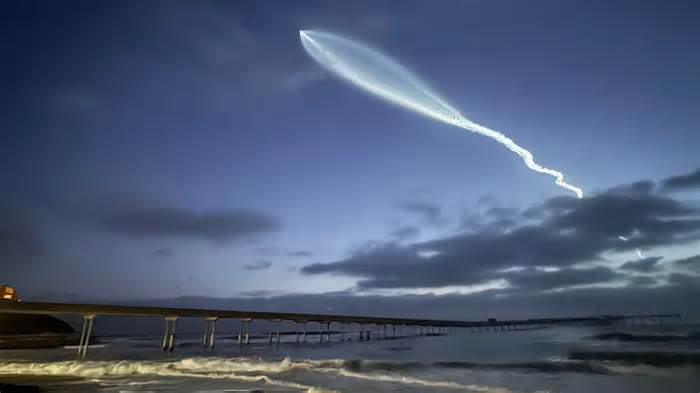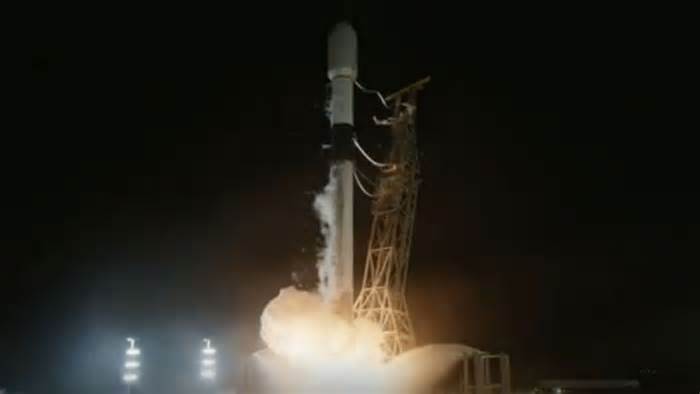
NASA set to launch Europa probe to search for signs of habitability
- by New Scientist
- Oct 14, 2024
- 0 Comments
- 0 Likes Flag 0 Of 5

NASA/JPL-Caltech
The largest spacecraft ever created by NASA for an interplanetary mission will launch today to determine whether Europa, one of Jupiter’s moons, has an environment that could support life.
The Europa Clipper mission is expected to launch at 12:06 pm local time aboard a SpaceX Falcon Heavy rocket from NASA’s Kennedy Space Center in Florida, having been delayed by several days as a precaution because of Hurricane Milton.
Read more Sign up to newsletter
When it reaches Jupiter, it will enter an elliptical orbit and carry out a series of 49 close flybys of Europa. Orbiting the moon directly would place the spacecraft in the dangerously high radiation fields that emanate from Jupiter, so this flight path reduces exposure to around a day for each flyby, minimising the chance of damage.
NASA has also included a 150-kilogram shield made of titanium and aluminium to shroud the electronics from radiation.
Each flyby will take Europa Clipper to around 25 kilometres above the surface, surveying a different section each time. The spacecraft carries nine scientific instruments, which will take high-resolution images of the surface, measure Europa’s magnetic fields, gather data in the infrared and ultraviolet spectra and build up a radar map.
Scientists working on the project have told New Scientist that Europa Clipper is intended to investigate whether the moon has an environment where life could exist, rather than to seek life itself. But there is nonetheless a slim chance that if life exists on Europa, it could be detected by the spacecraft’s Surface Dust Analyzer, which is designed to pick up organic matter sprayed into space by tiny meteorite impacts on the moon’s surface.
Observations made with the James Webb Space Telescope have recently shown that carbon dioxide is present on the surface of Europa, which could indicate habitable conditions beneath its icy shell. The Europa Clipper mission will help scientists better understand the nature of that shell and the ocean it covers.
Topics:
Please first to comment
Related Post
Stay Connected
Tweets by elonmuskTo get the latest tweets please make sure you are logged in on X on this browser.
Sponsored
Popular Post
Tesla: Buy This Dip, Energy Growth And Margin Recovery Are Vastly Underappreciated
28 ViewsJul 29 ,2024






 Energy
Energy



















